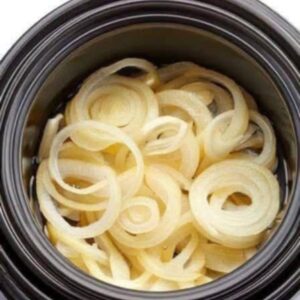If you’re like most homeowners, and I think you are, you probably have a cutting board in your kitchen. Undoubtedly, cutting boards are one of those kitchen tools that we all take for granted. But did you know that cutting boards have been used for thousands of years? In fact, people originally designed pull-out cutting boards for breadmaking.
Cutting boards are a necessity in any kitchen. They are a clean and stable place to chop, slice, and dice ingredients. While the original intention for using pull-out cutting boards was not for general food prep, it was for breadmaking. The baker would use a large pull-out cutting board to knead the dough and shape it into loaves. Once done kneading, he’d use the prep board as a surface to rise the raw bread on. Once all the raised loaves were ready, the baker would then prepare for the oven.
Now we use cutting boards for an array of uses that goes well beyond making bread. We all use them for preparing (cooking prep) meats, vegetables, and fruits. Cutting boards can be made with several materials: plastic, bamboo, and wood, just to name a few. With that said, wood cutting boards — particularly maple wood — are the best cutting board option. There are many reasons for this.
Maple is a hardwood, which is durable, resists cut marks from knives, and is resistant to bacteria proliferation. In addition to being a durable and strong wood, maple boards are easier to care for than plastic or bamboo boards. This is because the grooves and scratches they develop can hold bacteria.
Caring for your cutting board is important after each use. Cleaning it just uses some baking soda or kosher salt and lemon, which you can then scrub into the board. Rinse off the board using hot water, and dry it using a clean towel. We also recommend using food-grade cutting board oil to treat and prevent your board from drying out or cracking.





